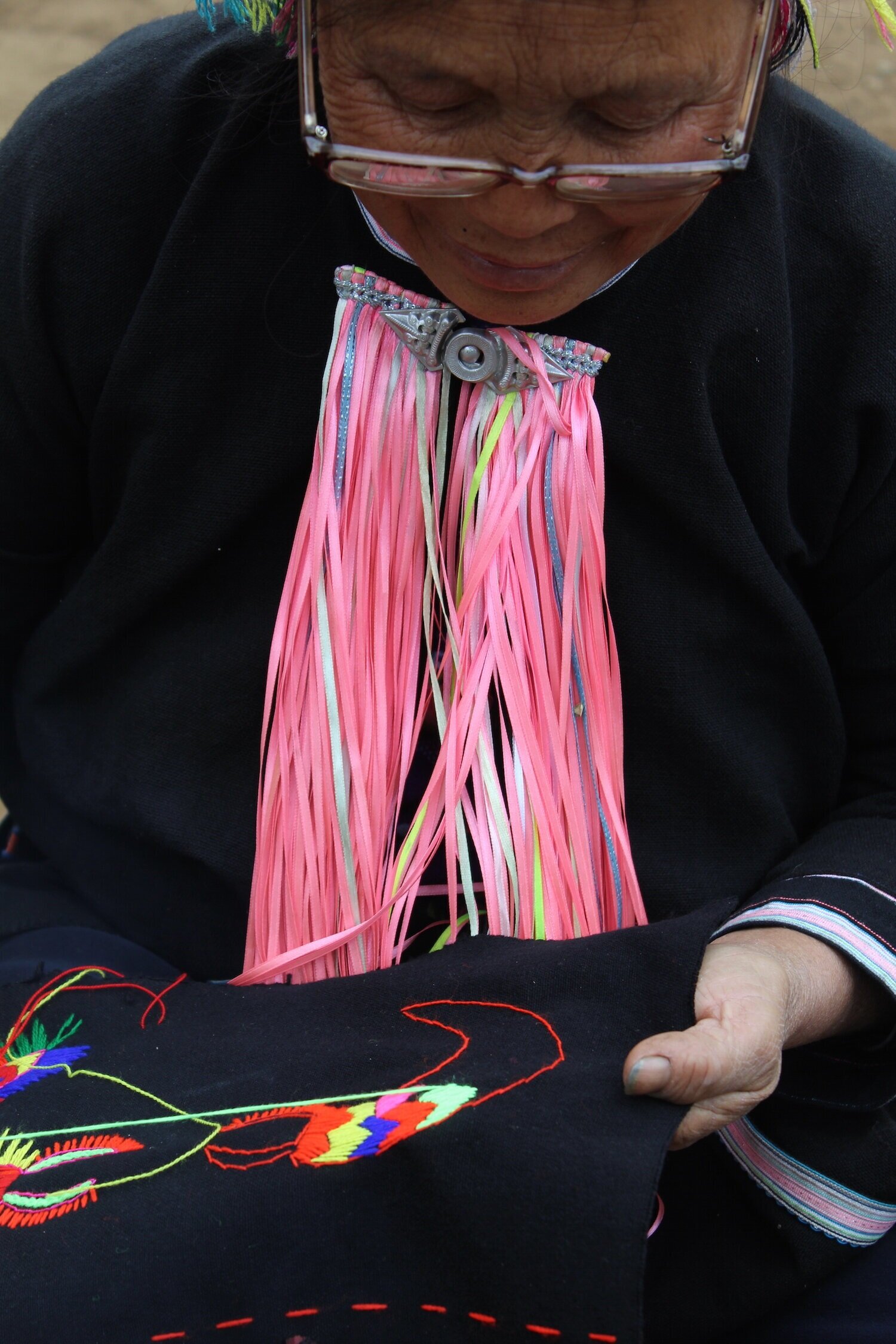Craftivism

How the simple act of knitting and stitching can inspire and influence change around the entire world.
Knitting, sewing, and crocheting have been long known as activities for women. More often referred to as ‘wifely duties’, or ‘domestic arts’.
It has become a symbol of resistance for the third-wave of feminists. Using crafts as a means to explore issues regarding patriarchy, activism, politics, and gender. As stated by the New York Times writer E. Tammy Kim, “When I pick up a needle and thread, I join a long line of women who have turned the domestic arts into political expression.”
What is Craftivism?
It's a form of activism that incorporates the use of handcrafting to involve raising awareness through practices of craft. Those who engage in this practice are known as craftivists, wherein they use their creative energy to bring about positive change and enable users to customise their skills to address a wide variety of causes.
Craftivism is known by a variety of names in the modern era, including graffiti knitting or yarn bombing in response to the male predominant graffiti art. Advocating for women's rights craftivists wrapped fences, lampposts, and trees with vibrant coloured yarn.
History Of Craftivism
The term craftivism is a play on two words, including craft and activism was created in 2003 by writer Betsy Greer in which she writes “Craftivism allows us to look at life and voice our opinions via creativity to make us stronger and more compassionate so that our quest for justice is endless”.
Throughout humanity’s history crafting has played a crucial role with it being traced back to the French Revolution when women knitted red hats as they sat during executions. It was also seen in the US Revolutionary War which was when women knitted clothes for the Soldiers rather than importing them.
During the First and Second World Wars, volunteering women knitted and sewed clothes for troops. It is recorded that World War One women donated over a million pairs of hand-knitted socks to the soldiers. Furthermore, during the Second World War, the women knitted and made over twenty-six thousand clothes in only six days.
At the height of the Industrial Revolution, practices of craft or "domestic arts" declined and were perceived as old fashioned, uncreative as well as ugly and despite some of those prejudices still existing even to this day. A resurgence of working with textiles at the start of the 21st century, with the support of social media provided an influx of supporters and celebrities seen crafting became socially acceptable.
With third-wave feminists reclaiming knitting, sewing, and other crafting activities traditionally feminized and the global shift in the rejection of a consumption culture and mass production, the craft is now revived and seen in a different light.
Craftivism Today
In the UK, there’s another movement that is inspired by craftivism known as the “gentle protest.” This was founded by Sarah Corbett, who is an award-winning campaigner. This movement included craftivist creating and stitching messages which address political and social matters such as global warming to influencers or politicians for change.
Birmingham activist and artist Salma Zulfiqar in January 2018, started a ten-week project with fifteen women to aid a group of refugees to collectively stitch a quilt, together they completed the quilt that was later called the Migration Blanket. From various parts of the world, there is a community of fibre artists who are using their skills to communicate hope and community just as women historically once did.
No longer thought of as meek homemakers, this new wave of craftivist has turned weaving and knitting into an art form, and generated renewed interests among a new generation interested in using craft as a means to raise voice against social and political issues.
